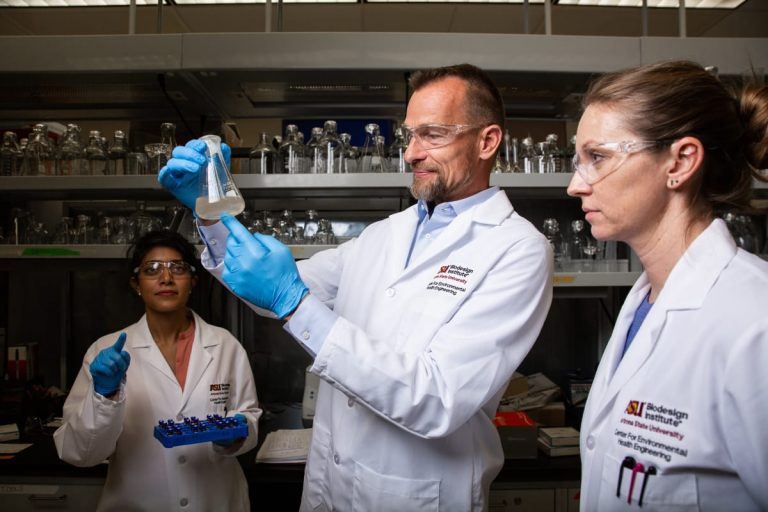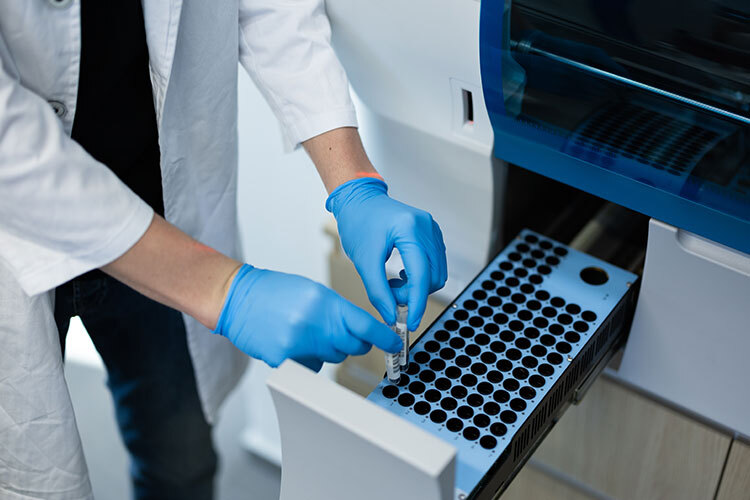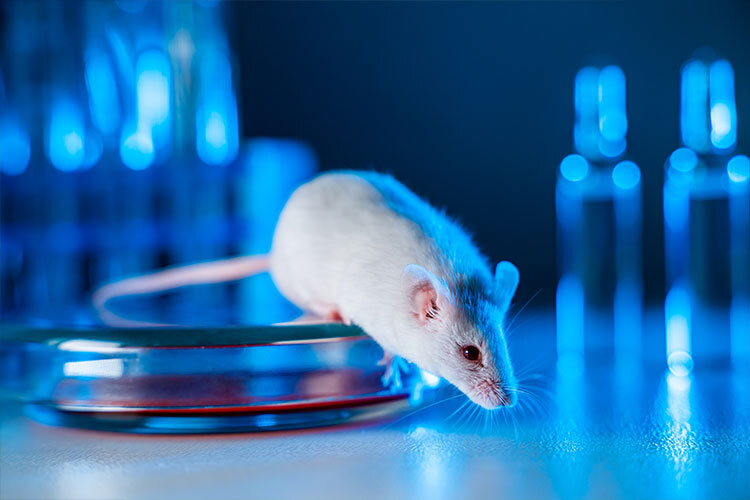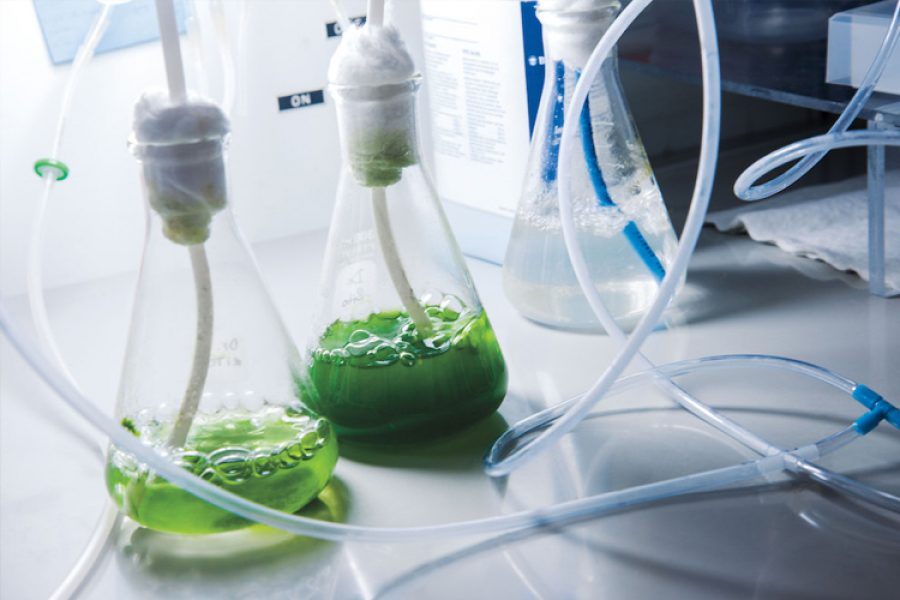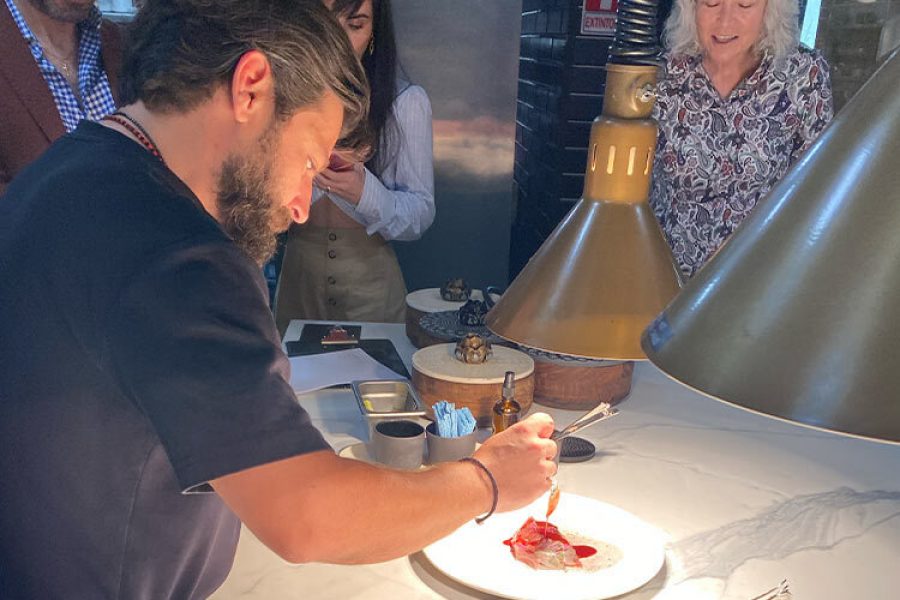Por : Luis Mario García / CONECTA
What had happened in Mexico before the so-called “Green Revolution”? That was the question researcher Eva Luisa Rivas Sada asked herself in order to understand the country’s participation in the post-Second World War period noted for an increase in the production of wheat, corn, and rice.
“It’s well-known worldwide that a high-impact scientific research project was developed in Mexico after the war, and this led the team leader, Norman Borlaug, to win the Nobel Peace Prize (in 1970),” explains the professor at the Tec’s School of Humanities and Education.
Known as the father of modern agriculture, Norman Ernst Bourlaug has been one of the most important figures in agriculture throughout the world.
Rivas Sada traced all the efforts that the Ministry of Agriculture had made to improve crops in Mexico in general, prior to Borlaug’s work, and was able to document how efforts to improve seed quality had begun under the government of Mexican President Porfirio Díaz.
Her research, entitled The search for adaptation and resistance: biological innovations in Mexican wheat cultivation, 1909-1941 won the Best Economic History Article award given by the Mexican Committee of Historical Sciences of Colegio de México (Colmex).
Wheat improvement in Mexico
The researcher examined documents from the first half of the 20th century and discovered that the need to make crops more productive by developing improved seeds dates back to that time.
“Mexico, like other countries such as the United States, France, Italy, and the United Kingdom, was following the same trend. Their governments were concerned about agricultural productivity because there were severe famines and food shortages,” says the professor.
Borlaug developed hybrid wheat varieties in the 1960s, specifically in Sonora, which saved many people from famine, chiefly in Asia.
“I asked myself, ‘What came before this?’ It seemed that the investigation started from scratch, and started right there,” explains Rivas Sada, who set about researching the technological advances in this field that had been developed in Mexico prior to Borlaug’s achievement.
The professor spent time doing research in the historical archives of the Rockefeller Foundation, which had sponsored Borlaug’s work, in the small town of Sleepy Hollow to the north of New York City.
“I realized that this project hadn’t started from scratch and that research was already being done in Mexico,” she says.
Mexico’s agro-technological innovation
In the final years of the Porfirio Diaz government, the Ministry of Agriculture was reformed extensively, leading to the creation of research projects that would make changes to production areas in Mexico, explains Rivas Sada.
The country had inherited Creole wheat, which was brought to Mexico by the Spaniards and had been cultivated for generations. However, this wheat was severely affected by blights such as a fungus called stem rust, known in the local indigenous language as “Chahuistle” and in Spanish as “Roya.”
This fungus caused many crops to be lost as the only fungicides available at the time were very basic and could not combat the blight. Thus, the need to develop wheat varieties that were more resistant was born.
Later, wheat varieties from Russia, Spain, the United States, and Italy were introduced to the country and crossed with Mexican Creole wheats.
With the support of farmers, the Ministry of Agriculture worked to generate new wheat varieties and expand production to different states, mainly in the highlands and the north of the country. This research set the precedent that was continued by Borlaug’s Nobel prize-winning investigation, says the researcher.



